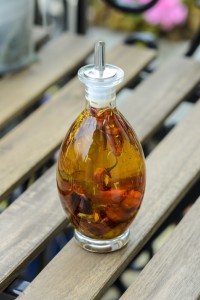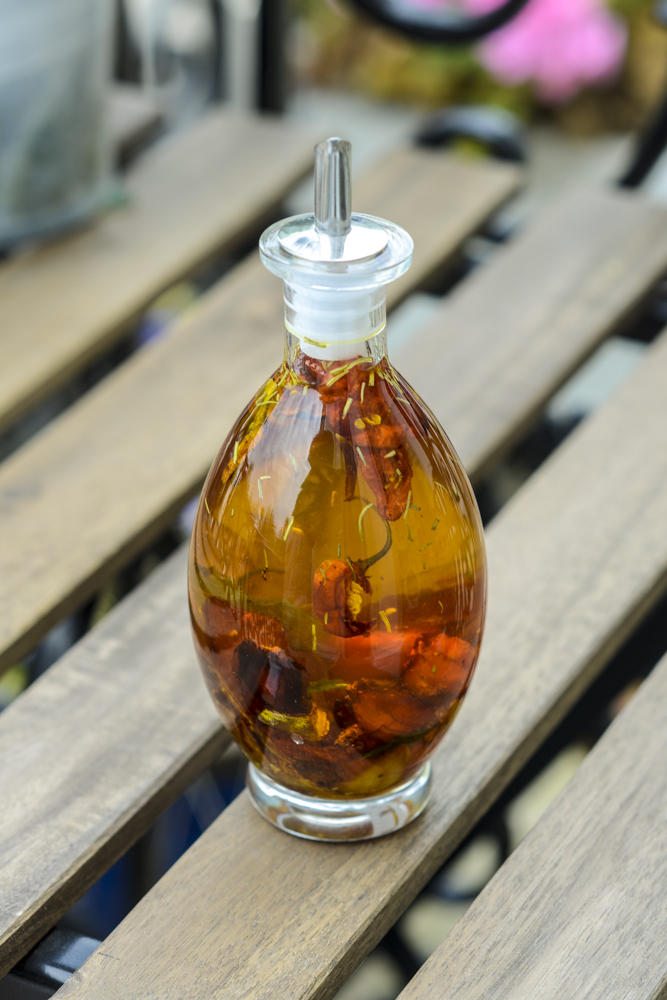By Noah
It seems to be a staple of sailing blogs to have a certain amount of cooking discussed. Perhaps it is slightly interesting to people how one might exist beyond beans and rice every night when the available space is, to some degree, rather wee. But, honestly, I don’t expect many of you to get up yelling, “Brilliant!!” and start making whatever I posted. Like most blog posts, they’re just records. I’m just sending randomness out into the Internet aether for me and for us…
Maybe someone benefits from it? Maybe not. Nothing changes on this side of the keyboard.
Moving on…
Honestly? Cooking in a boat is no different from cooking in a small apartment (that happens to move around a bit). And “small” doesn’t even begin to describe our flat in London.
Also, everything I might post here fits into a certain category:
First, it is cookable within a modest amount of space and time. Second, it is cookable with relatively simple ingredients and/or ingredients that are common to most places; that means I’m not using overly-exotic fruits and veggies–although foreign cooking is often ripe with such things. Third, I’m not a spectacular cook and most of the things I make are spin-off’s from other recipes. If it is close to the original recipe, I’ll post a link to where I got the original. Give credit where credit is due, right?
So, without further delay…

Toasty Chili Oil
This is an amalgamation of about six or eight different ways that I’ve heard after asking waiters at various restaurants how they make their chili oil. And then, I like to add my little difference.
This also fits in a category of foodstuffs that can be prepared elsewhere (read: not on the boat) because it keeps for a long long time.
6 hot peppers (no less than six, ya wimp! 
500ml (approx) of oil
1/4 teaspoon peppercorns (ground or unground)
1/4 teaspoon crushed chili (optional)
5 leaves of preferred herb
1 garlic clove
2 shallots (alternative: small spring onion bulbs, stalk removed)
1 teaspoon (approx) dried rosemary
1. In a deep pot, slowly heat the oil. Seriously. Don’t put the oil into anything preheated. (Some people use a large skillet, but if you’re cooking on a moving boat? I’m not one to risk super-heated oil in something that shallow and that wide.) I gauge the oil’s readiness by watching for it to “come alive.” It will almost quiver as if it were boiling but you shouldn’t see any bubbles.
2. While waiting for the oil to heat, cut everything to fit the neck of the bottle. You don’t want to have to shove scalding hot things. The shallots or the garlic clove might have to be cut lengthwise. If you don’t need to cut the peppers to fit, give them a little slice down the side to make the oil get inside. If you do have to cut them, wait the peppers to last so the oil won’t ooze out (and don’t let the seeds escape, either).
3. When the oil is hot and all things are cut, gently put everything into the oil. It should sizzle a little but not pop everywhere. If it does, reduce the heat.
4. As soon as everything is in, reduce the heat to just above a simmer. I allow it to cook (covered) approximately 15 minutes, but watch it and stir occasionally. You do not want the peppers and such to burn: if the smell changes to a sharp burnt smell, that’s bad. Also, everything will appear to shrivel and get a toasty amber color.
5. Remove from heat. To make it easier to get into the tiny neck of the bottle, I pour everything into a large 1L measuring cup (that I also sterilized, btw) that has a sharp pouring spout… then I pick out all the chunks and poke them into the bottle. Finally, I pour the oil in, making sure to keep stirring from the bottom so none of the good stuff is left behind.
If there is a little remaining, I have a small “waste” bottle that I add to each time I make this kind of oil. Gradually it mixes all together with different kinds of oil and different ingredients. I don’t know what I’m going to do with it, but it is probably quite lethal.
The final hotness of the oil will not be apparent now. Let the oil sit a few days in the refrigerator then give it a try. I’ll go ahead and suggest… try small amounts.
A few notes about the ingredients:
Regarding the bottle… Sterilize whatever container you will use prior to using it. A sterile container will ensure long-lasting oil. Even though most restaurants and pizza places just refill their little oil bottles when they get low, that’s actually disgusting, so how about being civilized about it and boil whatever container you intend to use. If you’re like me and love this stuff, it is entirely possible to use a 750ml wine bottle and buy the special drizzle cork that will fit.
Regarding types of peppers… I’ve used habanero peppers while living in London because they are some of the hottest that are easy to get at any supermarket. However, some peppers, like Haiti’s Bird Peppers, are just about lethal.
Regarding types of oil… The type of oil is important. Most people tend to avoid olive oil because it doesn’t stand up to very high temperatures before the flavor shifts. Some recommend sesame or sunflower oil. I actually used rapeseed oil, which settles to a smokey amber color and comes with a slight hint of a smell from my childhood. When boiling, it will get VERY hot before it will actually bubble. Some hot plates or hobs might not even be able to get it to boiling.
